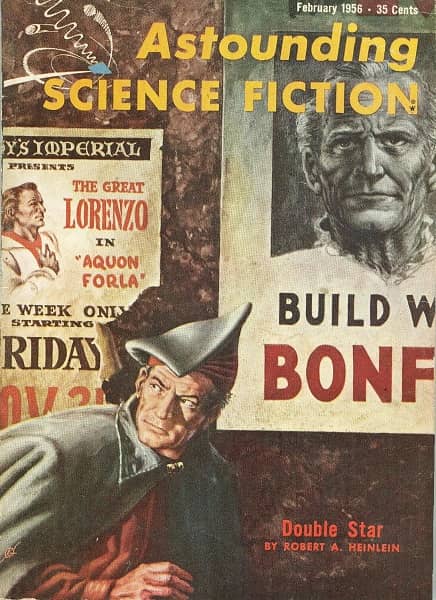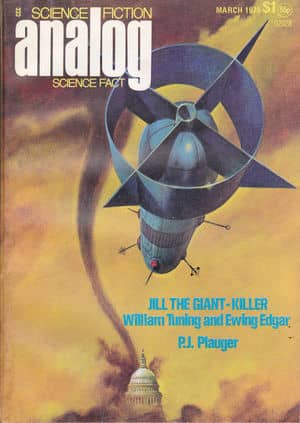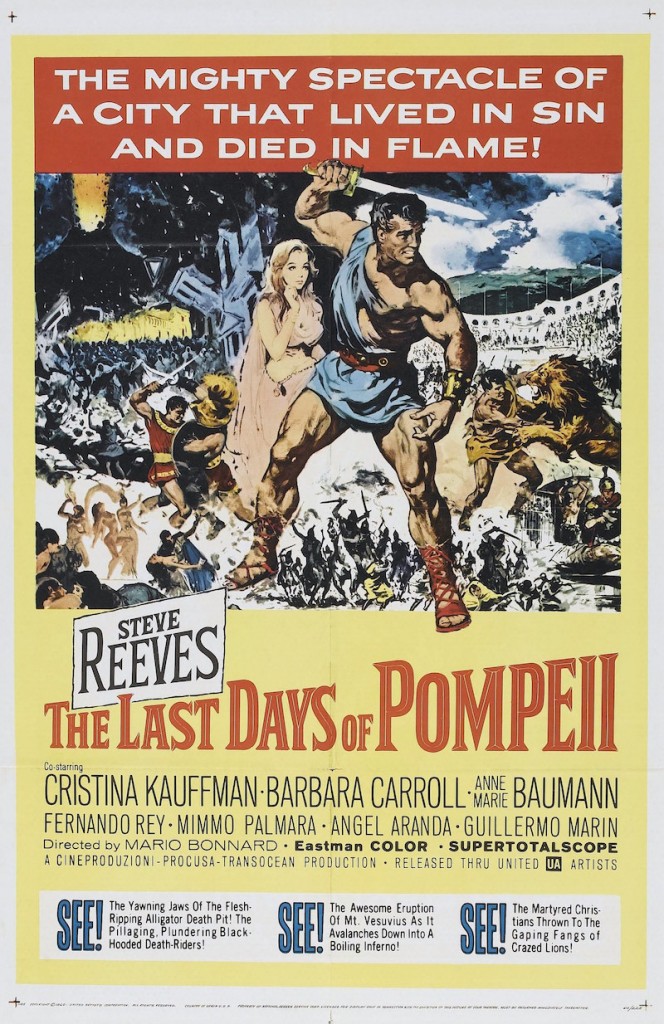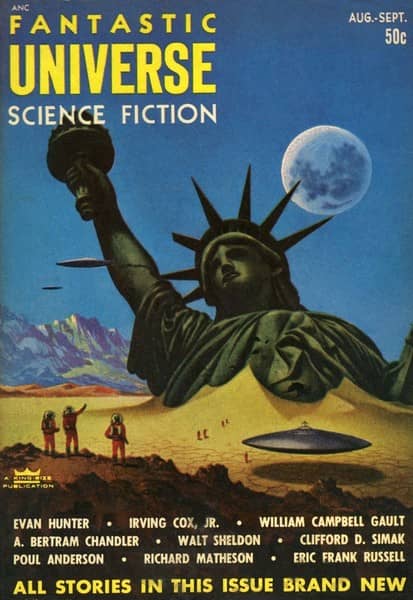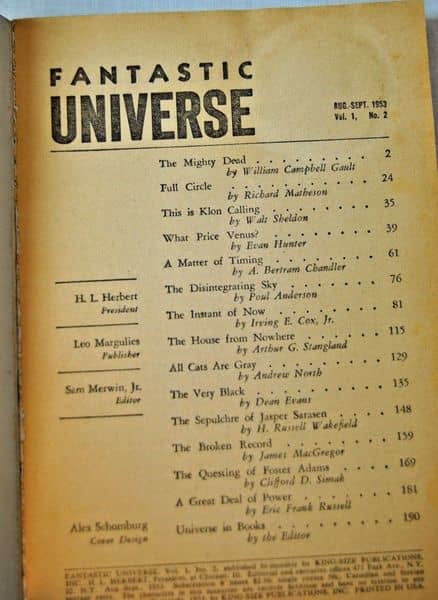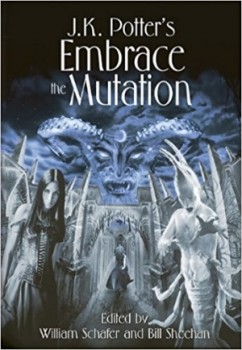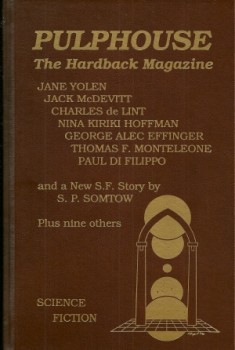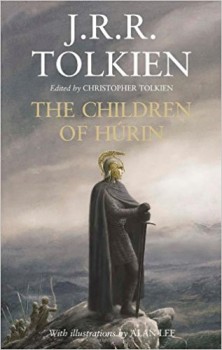The High House by James Stoddard
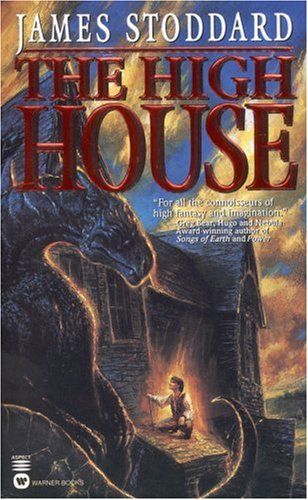 I need to find some new superlatives for the books I read. Too often I fall back on “terrific” or “awesome” or just plain “great.” Those are all stalwart words, but after I’ve described two or three books with them, it just seems lazy to describe the next two or three with the same exact words. I do it to make clear I liked a particular book and that I think it’s worth Black Gate readers’ attention, but it’s really lazy of me to just keep using the same superlatives again and again. That said, James Stoddard’s The High House (1998) is exceptional, superb, and top-notch.
I need to find some new superlatives for the books I read. Too often I fall back on “terrific” or “awesome” or just plain “great.” Those are all stalwart words, but after I’ve described two or three books with them, it just seems lazy to describe the next two or three with the same exact words. I do it to make clear I liked a particular book and that I think it’s worth Black Gate readers’ attention, but it’s really lazy of me to just keep using the same superlatives again and again. That said, James Stoddard’s The High House (1998) is exceptional, superb, and top-notch.
The High House of Evenmere is
a truly beautiful pile of building, all masonry, oak, and deep golden brick, a unique blend of styles — Elizabethan and Jacobean fused with Baroque — an irregular jumble balancing the heavy spired tower and main living quarters on the western side with the long span flowing to the graceful L of the servants’ block to the east. Innumerable windows, parapets, and protrusions clustered like happy children, showing in their diversity the mark of countless renovations. Upon the balustrades and turrets stood carved lions, knights, gnomes, and pinecones; iron crows faced outward at the four corners. The Elizabethan entrance, the centerpiece of the manor, was framed by gargantuan gate piers and pavilions, combining Baroque outlines with Jacobean ornamentation.
The building “is the mechanism that propels the universe, (. . .) If the Towers’ clocks are not wound their portion of Creation will fall to Entropy.”
Lord Ashton Anderson is responsible for protecting the High House. The foremost enemy of the house is the Society of Anarchists, led in the field by the Bobby, a man dressed in the uniform of a police constable and with a face from which the features sometimes vanish, leaving him looking like a “faceless doll.”
The story, though, is not Lord Anderson’s, but his son Carter’s. When Carter is nearly killed and the Bobby steals the Master Keys, Lord Anderson sends his son away for safety. Carter doesn’t return for fourteen years, during which time his father vanished while on expedition in the land of the Tigers of Naleewuath.
